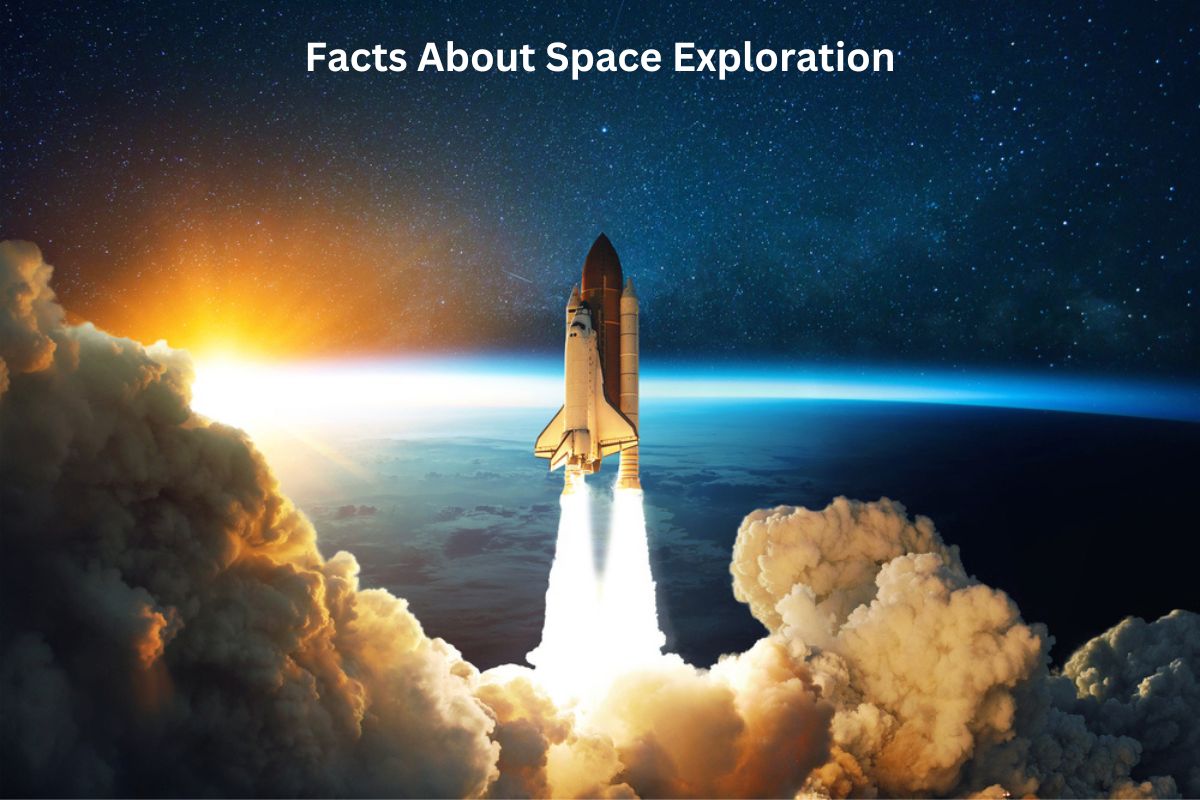Space exploration has always captured the human imagination, driving us to push the boundaries of what’s possible in the vast expanse of the cosmos.
Over the decades, numerous historic achievements and groundbreaking discoveries have shaped our understanding of the universe and our place within it.
In this article, we delve into some of the most exciting developments in space exploration, from the first human steps on the Moon to the emergence of a burgeoning private space industry.
We’ll also explore the ongoing search for exoplanets and look ahead to ambitious missions that could redefine the future of human space exploration.
Space Exploration Facts
1. Yuri Gagarin was the first human in space in 1961
On April 12, 1961, Yuri Gagarin, a Soviet cosmonaut, became a global hero as he orbited Earth aboard the Vostok 1 spacecraft. This historic mission marked a significant milestone in the space race between the United States and the Soviet Union during the Cold War.
Also Read: Sputnik Facts
Gagarin’s journey lasted approximately 108 minutes, during which he completed one orbit around the Earth. His successful mission inspired future generations of astronauts and space enthusiasts.
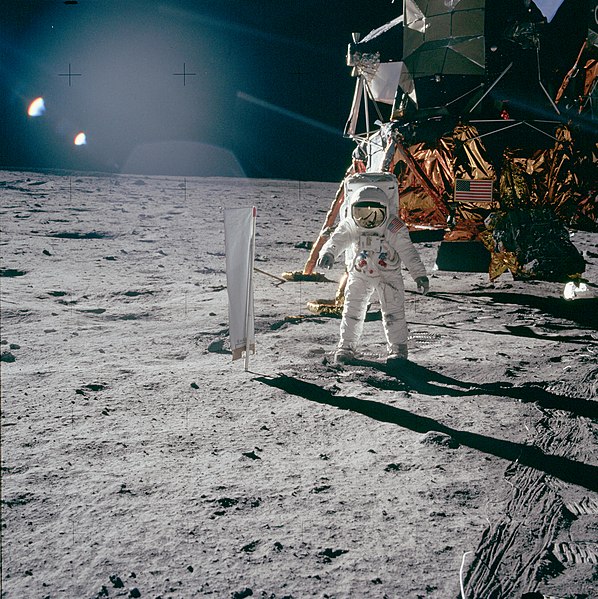
2. The Apollo 11 mission landed humans on the Moon in 1969
On July 20, 1969, NASA’s Apollo 11 mission, led by astronauts Neil Armstrong, Buzz Aldrin, and Michael Collins, achieved one of humanity’s greatest feats by landing the lunar module “Eagle” on the surface of the Moon.
Also Read: Elon Musk Timeline
Neil Armstrong became the first person to set foot on the lunar surface, followed by Buzz Aldrin. Armstrong’s famous words, “That’s one small step for [a] man, one giant leap for mankind,” were transmitted back to Earth, marking a monumental moment in history.
The astronauts spent approximately 21 hours on the Moon, conducting experiments and collecting samples before returning to Earth safely.
3. The International Space Station (ISS) has been continuously inhabited since 2000
The ISS is a collaborative effort involving space agencies from multiple countries, including NASA (United States), Roscosmos (Russia), ESA (European Space Agency), JAXA (Japan Aerospace Exploration Agency), and CSA (Canadian Space Agency).
Launched in 1998, the ISS has been continuously inhabited since November 2, 2000. It serves as a platform for scientific research, international cooperation, and testing technologies for long-duration spaceflight.
Astronauts on the International Space Station conduct experiments in various fields, including biology, physics, and astronomy, helping us understand the effects of prolonged space travel on the human body and advancing our knowledge of living and working in space.
The station orbits Earth approximately every 90 minutes, providing incredible views of our planet from space.
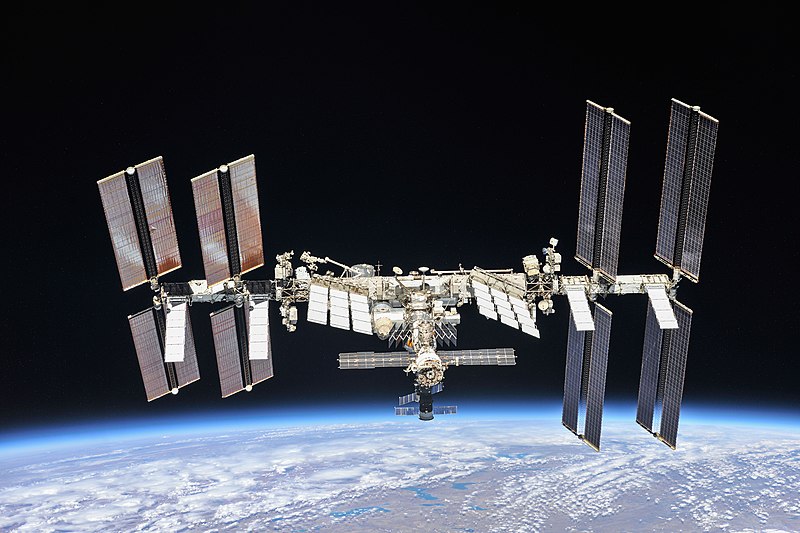
4. Mars rovers like Curiosity and Perseverance have explored the Red Planet
Mars has long been a target for exploration due to its potential to harbor clues about the history of water and possibly even past or present life.
NASA’s Mars rovers, such as Curiosity and Perseverance, were sent to the Red Planet to study its geology, climate, and potential habitability. Curiosity landed in 2012 and has been exploring the Gale Crater, while Perseverance landed in 2021 in the Jezero Crater.
These rovers are equipped with advanced instruments, including cameras, spectrometers, and drills, allowing them to analyze Martian rocks and soil. They also carry technology for producing oxygen from the planet’s carbon dioxide-rich atmosphere, which could be crucial for future human missions.
5. Voyager 1 is the farthest human-made object from Earth
NASA’s Voyager 1 and Voyager 2 spacecraft were launched in 1977 with the primary mission of studying the outer planets of our solar system, including Jupiter, Saturn, Uranus, and Neptune.
Voyager 1, in particular, has made history by becoming the farthest human-made object from Earth, venturing into interstellar space in 2012. It continues to send back valuable data about the environment of the Milky Way beyond our solar system.
The Voyager probes carry the Golden Record, a message for potential extraterrestrial civilizations, which includes a selection of music, images, and greetings from Earth.
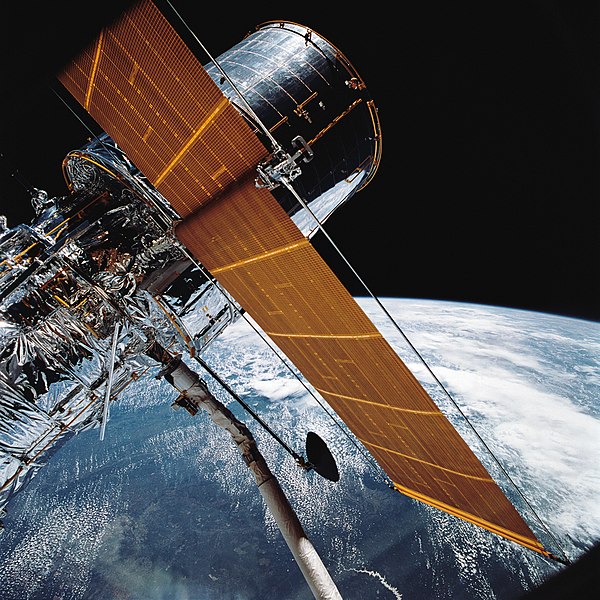
6. The Hubble Space Telescope has provided stunning images of space
The Hubble Space Telescope, launched in 1990, has revolutionized our understanding of the universe by providing stunning images and critical scientific data.
Positioned in low Earth orbit, Hubble has observed distant galaxies, nebulae, and stars, helping astronomers uncover the mysteries of the cosmos.
Hubble has made groundbreaking discoveries, such as determining the rate of expansion of the universe (Hubble’s constant) and capturing images of galaxies billions of light-years away, shedding light on the early history of the universe.
7. Private companies like SpaceX and Blue Origin are shaping the future of space exploration
Private companies have played a transformative role in space exploration. SpaceX, founded by Elon Musk, has been at the forefront of this movement, with the development of the Falcon and Starship rockets.
SpaceX’s Falcon 9 rocket has become a workhorse for launching satellites and cargo to the International Space Station (ISS). The company’s goal is to make space travel more affordable and sustainable by developing reusable rocket technology.
Blue Origin, founded by Jeff Bezos, is focused on suborbital and orbital spaceflight. Their New Shepard rocket is designed for suborbital tourism and scientific research, while New Glenn is intended for orbital launches.
Virgin Galactic, led by Richard Branson, is also working on suborbital space tourism with its SpaceShipTwo vehicle, aiming to provide civilians with the experience of space travel.
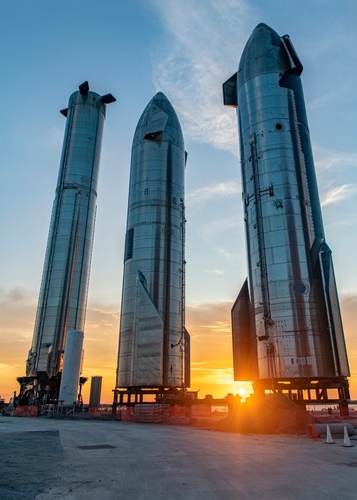
8. Space tourism is becoming a reality with companies like Virgin Galactic
Space tourism is an emerging industry that aims to offer civilians the opportunity to travel to space. Companies like Virgin Galactic and Blue Origin are leading the way in this sector.
Virgin Galactic’s SpaceShipTwo is designed to carry paying passengers on suborbital flights, allowing them to experience a few minutes of weightlessness and see the curvature of the Earth from space.
Blue Origin’s New Shepard is similarly focused on suborbital tourism, offering brief journeys to the edge of space, where passengers can enjoy a few minutes of weightlessness and breathtaking views.
The development of space tourism represents a new era in commercial spaceflight and has the potential to make space more accessible to a broader range of people.
9. Thousands of exoplanets have been discovered orbiting other stars
Exoplanets are planets that orbit stars outside our solar system. The discovery of exoplanets has been a major focus of space exploration.
NASA’s Kepler Space Telescope, launched in 2009, was instrumental in detecting thousands of exoplanets by observing changes in the brightness of stars as planets passed in front of them (transits).
The study of exoplanets has expanded our understanding of planetary systems, including those that may have conditions suitable for life. Discoveries like the TRAPPIST-1 system, with seven Earth-sized planets, have fueled interest in the search for potentially habitable worlds beyond our solar system.
10. Upcoming missions include NASA’s Artemis program for lunar exploration and SpaceX’s Starship for Mars missions
NASA’s Artemis program aims to return humans to the Moon by the mid-2020s, with the goal of establishing a sustainable lunar presence. This program includes plans to send the first woman and the next man to the Moon.
SpaceX’s Starship is a fully reusable spacecraft intended for a variety of missions, including crewed missions to Mars. Elon Musk envisions Starship as a key component in humanity’s effort to become a multiplanetary species.
These future missions represent the next phase in human space exploration, with ambitious goals of exploring and potentially colonizing other celestial bodies, such as the Moon and Mars, and expanding our presence in the solar system.
